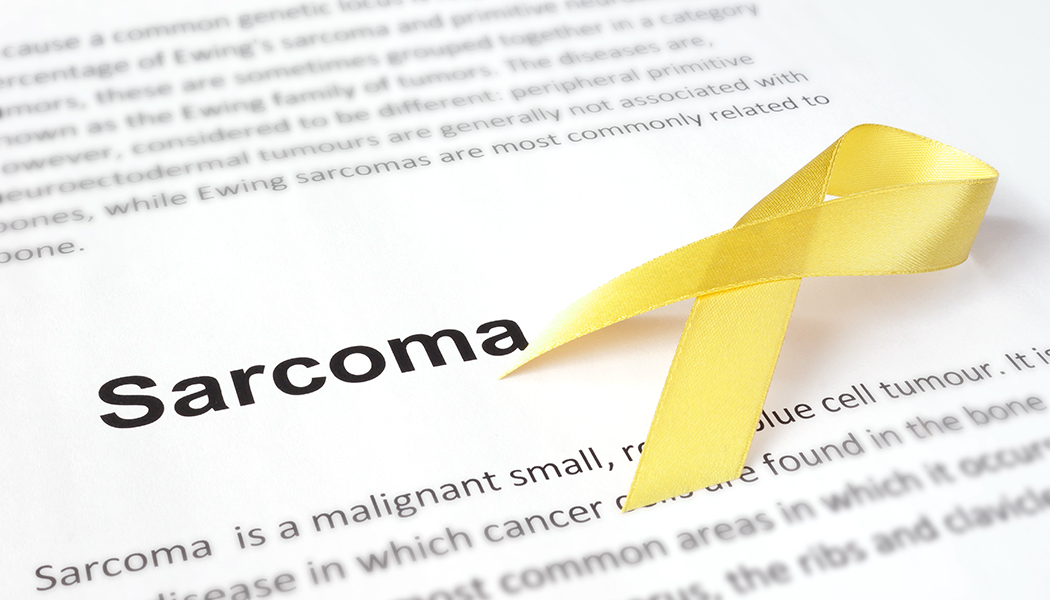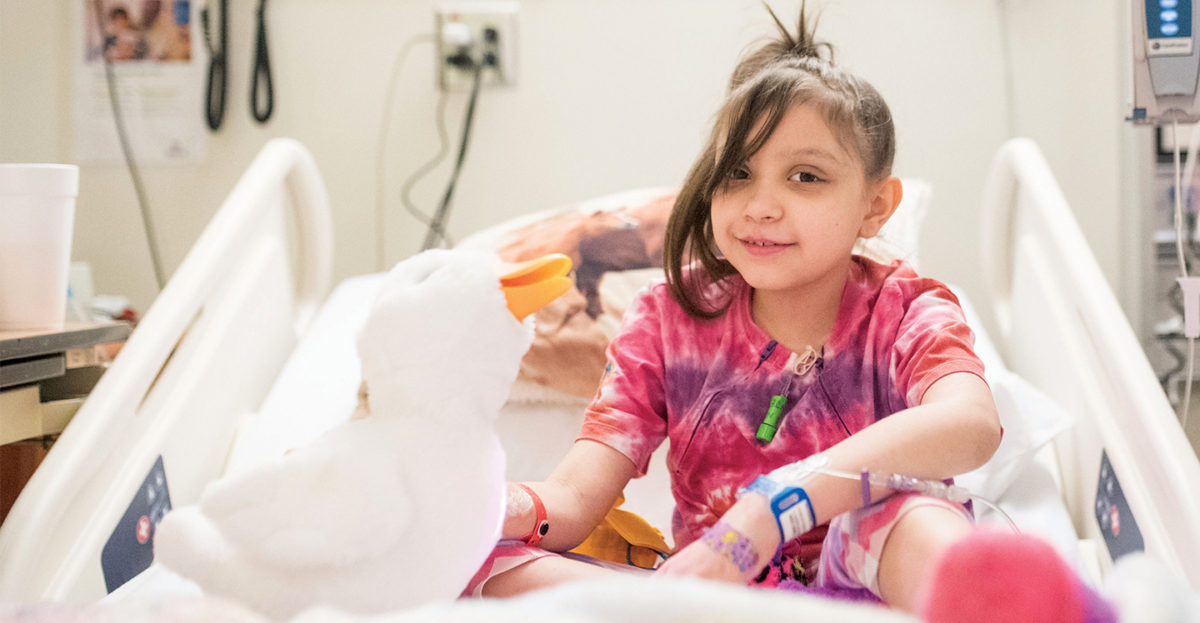Sarcoma is a form of cancer. Sarcomas are cancers that start in bone, muscle, connective tissue, blood vessels, or fat, and can be found anywhere in the body.
In general, there are two types of sarcoma: soft tissue sarcoma and bone sarcoma with more than 50 different subtypes.
This year 2023, the theme for sarcoma cancer awareness month is “Let’s talk about the Forgotten Cancer”, intending to raise sarcoma and bone cancer awareness that is frequently referred to as the “forgotten cancer” due to its rarity.

Facts About Sarcoma
Can develop anywhere in the Body
While it’s most commonly found in the arms and legs (50-60% of cases), a sarcoma tumor can grow anywhere in the body. Common areas tumors grow in include the legs, hands, arms, head, neck, chest, shoulders, abdomen, and hips.
Predominant in children
Adult cancer cases are rare and makeup only 1% of all adult cancer diagnoses. More common in children, every year the United States estimates that between 1,500 to 1,700 children will be diagnosed with sarcoma. It accounts for about 1% of adult cancer cases and about 15% of childhood cancers.
Cause is Unknown
Because this type of cancer is so rare, the cause is relatively unknown. Many scientists believe that there are certain factors that can increase your risk including:
- Being diagnosed with Paget’s disease (a bone disorder)
- Genetic disorders like neurofibromatosis, Gardner syndrome, retinoblastoma, or Li-Fraumeni syndrome
- Being exposed to radiation from another cancer
- Exposure to vinyl chloride, arsenic, dioxin, and herbicides that contain high doses of phenoxyacetic acid may also increase the risk of sarcoma.
- Additionally, researchers are now studying genetic abnormalities and chromosome mutations as possible causes.
Soft Tissue Sarcoma is of Different Types.
There are many different types of soft tissue sarcoma. In fact, there are more than 50 kinds. Some of them, such as liposarcoma which affects fat tissue, are more common in adults. Others, such as rhabdomyosarcoma which affects the skeletal muscles, strike children more often. For some of these cancers, your age can affect your soft tissue sarcoma prognosis. For example, when adults get rhabdomyosarcoma, it’s often harder to treat. Similarly, the adult form of fibrosarcoma, which affects connective tissue, is often more aggressive than the childhood form.
Can be difficult to Detect
It has over 50 different subtypes that can form in multiple locations. This makes detection quite difficult and misdiagnosis is common. In the early stages of soft tissue sarcoma, there are rarely any symptoms besides a painless lump. Detection goes unnoticed until the lump grows and presses on nerves or muscles, which can cause discomfort, swelling, and pain.
Always Go for a Second Opinion
Because of the rarity of this type of cancer, many doctors have little to no experience in treating this disease. If you’ve been diagnosed, it’s best to get a second opinion and a treatment plan from a doctor who specializes in this rare form of cancer.
Surgery is the primary treatment for most soft tissue sarcomas.
Treatment of this type of cancer usually involves surgery. Amputation was common in the past when treating these cancers in the limbs. Today, amputation is rare thanks to advanced surgical techniques that allow doctors to spare as much of the limb as possible. These limb-sparing surgeries are able to preserve normal or near-normal function and appearance for many patients. Surgeons at high-volume soft tissue sarcoma centers have the expertise to perform these procedures with the best outcomes.
Ref:
